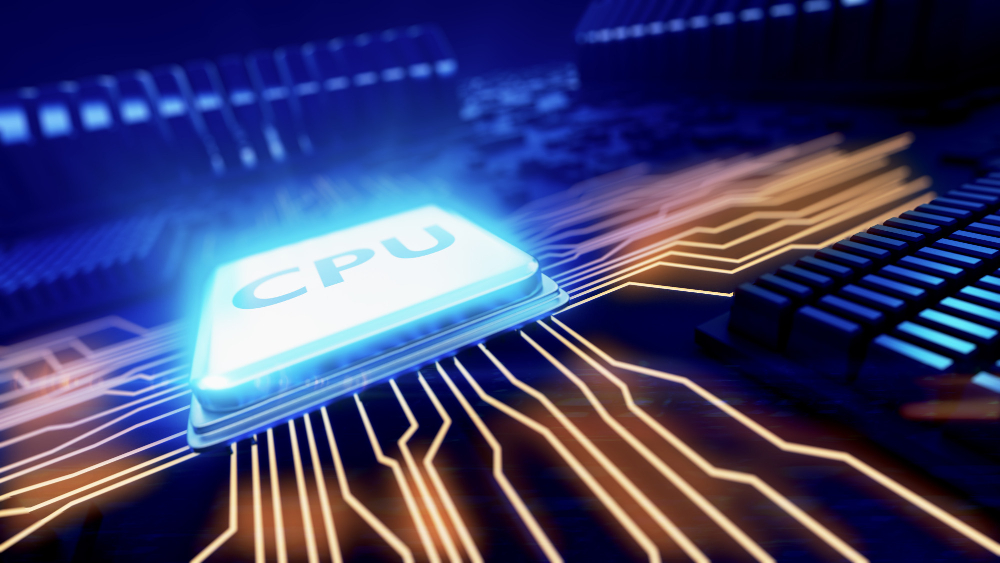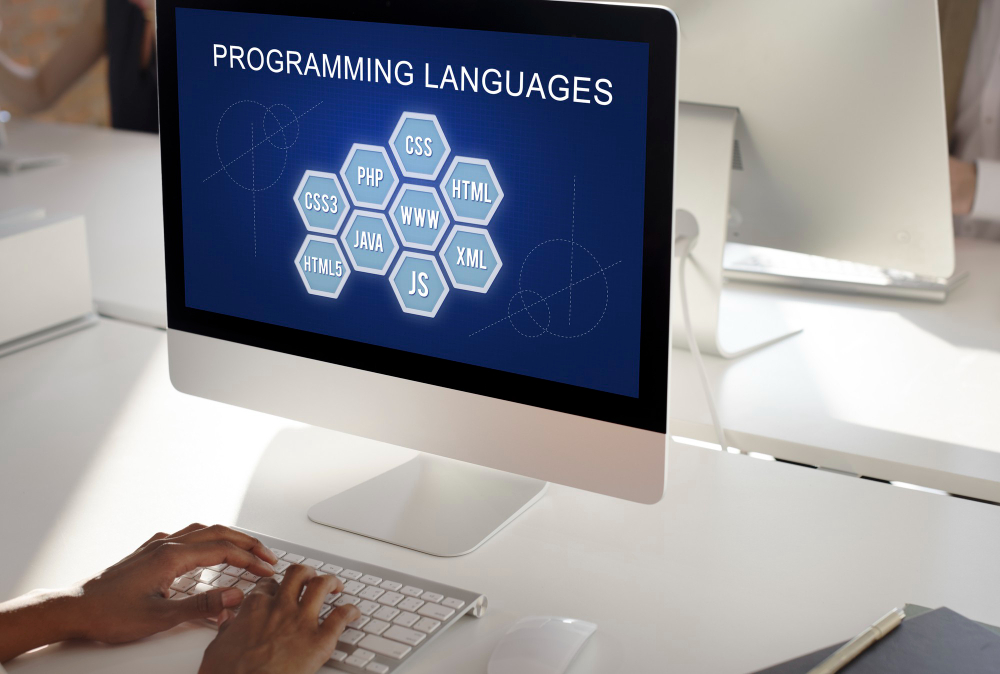Choosing the correct programming language might be difficult for those just getting started with programming. People read several assessments on the wording and their key advantages and disadvantages. Furthermore, they are interested in the possibility of earnings obtained by using Python and JavaScript, for instance.
The distinction between hardware and software languages is yet another source of confusion among new pupils. Is it like when it comes to learning another language, such as English” versus “Spanish? The strategy to learn computer languages remains essentially like if you understand numerous foreign languages. All you have to do is commitment and enthusiasm.
Let us go through the fundamental distinctions between the two and see what you need to know about computer programming to succeed.
1. Hardware language
Let us begin with the hardware language or HDL for short. HDL is a programming language that aids humans and machines in describing the primary functions of electronic systems. HDL operates by defining the operation of electronic systems to keep them as simple as practicable.

The software language supplies the CPU with an instruction set to complete various tasks. In addition, software languages are being used to create various programs, including mobile and online apps.
Let us go into the details now. The HDL programming language is frequently associated with electronic systems, which are circuits that operate on two distinct levels, such as correct and incorrect. The component consists of ideas, commands, and conditional expressions for programming. Electronic design tools are critical components, including microprocessors, logic units, and intricate circuits.
You should be familiar with two HDL languages: Verilog and VHDL. Verilog resembles C in specific ways. First, it is a case-sensitive technology that lets programmers interact with real-time models.
VHDL is the foundation for Pascal or Ada, but it is not susceptible to environmental changes. It’s a much more complicated language that may necessitate a great deal of knowledge and experience.
2. Programming language
The programming language is used to create software applications. There are two sorts of programming languages: high level & low level. There are no gags in high-level languages since their grammar is comparable to English.
It is so much easier to master, read, comprehend, and simply write with it. Python, Java, C++, C, Ruby, Perl, and PHP are some of the most popular high-level systems. You may also use them to transform applications into machine code by simply utilizing the appropriate compilers or interpreters.

You can create databases, drivers, language tools, and system software with C / C++. Machine learning, algorithmic creation, and other web applications may be made using Python. You can use Java to build mobile and online applications. PHP or RUBY is ideal for web development.
Low-level languages come significantly closer to the core level than well-known high-level ones. Assembly, in particular, is a programming language used to create operating systems.
Differences Between the 2
What are the critical differences between hardware languages and software languages?
-
Complexity
HDL is far more complicated than a programming language. By presenting it to educational institutions, students are most determined to learn it in conjunction with other fields. You must be well-versed in electronic systems, applications, and problems.
Software languages, on the other hand, can be learned in months. In universities and colleges, there is no absolute necessity. You can register for online classes. Are you having difficulties and need programming assignment help from coding experts? Feel free to pay someone to process your “do my programming assignment” request online.
-
The Most Common Applications
They fulfill two distinct objectives, as previously stated. HDL is solely used to describe the characteristics of digital circuitry. Programming languages aid in the design and development of online and mobile apps.

Aside from that, users have many options when it comes to software languages. JavaScript, Python, C++, and Ruby are just a few examples. Of course, everything is contingent on your long-term professional objectives.
-
Opportunities
One can serve as an Electronic hardware engineer, Hardware Engineer, or Embed Engineer using the HDL, along with other things. Using software languages, one may have a job as a web designer, web developer, data science expert, QA administrator, etc. Rather than discussing possible incomes, it is essential to note that both can make a substantial sum of money.
Training and knowledge will determine the salary. For example, if all you do is JavaScript, you will have to struggle for months to make a good living since the industry is so competitive.
-
Additional Resources
Especially compared with software languages, HDL is associated with having more online sources to learn.

To improve your abilities and expertise, you will almost certainly need to register in a school or university. When it comes to software languages, one may first enroll in online classes, use libraries, or hire instructors.
-
Prominence
Finally, there is a distinction between the number of consumers. Both of these skills are in demand in the workplace. Whenever it pertains to networking, though, you can feel confident that there have been millions upon billions of programming language experts to whom you may turn for help.
For example, you may locate like-minded individuals or expertise on social networks, messaging, or programming platforms. It is reasonable to state that with such a vast network, there have been a lot of developers who take advantage of the openings.
They simply copy-paste ready-made programs, algorithms, and answers but don’t use their brains to create software. You will discover like-minded individuals with HDL, though it’s not a large specialty with numerous network technologies. You can only expect to join programming groups and independently request HDL specialists.
Summing it all up
Although HDLs mirror high-level programming languages like C and Python, this is vital to note that there would be a key distinction: HDL statements indicate parallel action, while programming languages indicate sequential operation.
When we build a software program and firmware module, we know that the processors will run code one by one, in a particular order as we scroll on a screen.
Despite the reality that the matching codes are placed in a top-to-bottom arrangement, we express digital hardware using HDL coding. Various pieces of such hardware could run simultaneously.